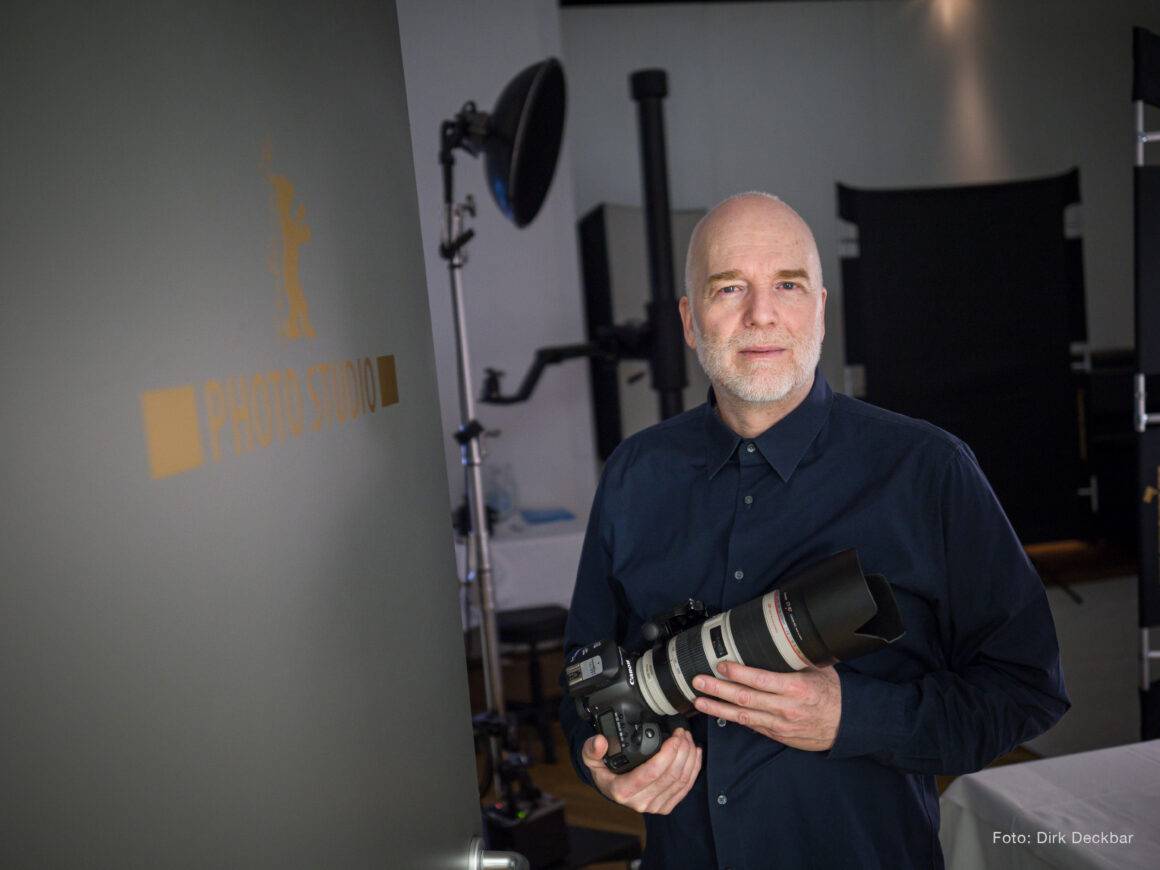In this interview by Jens Pepper, renowned photographer Gerhard Kassner takes us behind the scenes of the Berlin International Film Festival (Berlinale), where his lens captured the event from 2003 to 2019. As the Berlinale approaches, Kassner shares his reflections on capturing the stars, the shift to digital photography, and the memorable moments that define his tenure as the festival's official photographer.

Capturing Stars: The Berlinale Through Gerhard Kassner’s Lens
“At the Berlinale, I practically only had actors in front of the camera who are used to being seen” – Gerhard Kassner.
This year’s Berlinale starts in a few days. Between 2003 and 2019, you officially took portraits of the actors, actresses, directors, jurors and producers invited to this film festival. Now that there is a new edition of the Berlinale coming up, do you actually feel a kind of nostalgia? Do you miss this job?
At the beginning of the year, when it’s gray, wet and cold, I always have a slump. In the 17 years I’ve been working for the Berlinale, it’s always been different. The anticipation and preparations made the new year a very positive start. During the ten days of the Berlinale, I was always in an absolutely energetic mood and fully focused on the task at hand. I’m actually working on the Berlinale portraits again, processing the data and optimizing and preparing exhibitions. A very nice exhibition at the “Garden of the Zodiac Gallery” in Omaha, Nebraska, which I was able to open at the beginning of December, has just ended.
How did you get this job back then? Did you apply for a position, or were you asked?
With the change from festival director Moritz de Hadeln to Dieter Kosslick, the previously established portrait photography with 50 x 60 cm Polaroids was put to the test. The material was very expensive – around 100 euros per photo – and the camera had to be operated by a team of three people. In 2002, I had already worked as a documentary photographer for the Berlinale and was asked, along with two other photographers, if I could suggest a new concept for the star portraits. As I already had some experience with digital photography at the time and also owned a large-format printer, it made sense to use this technology.
All three photographers got a job back then, or was it just you?
Three people were invited to propose a new concept for the star portraits, and of course, there was only one winner.
So, digital was the decisive factor? What did the new concept you proposed look like?
I wanted to counter the powerful Polaroid style previously offered by Photomovie with something unique and powerful. For me, digital photography was the method of choice because it had become technically possible to print large prints with sufficient resolution. Canon had just released the first camera with a KB full-frame sensor and 11 million pixels, but there was also a sponsorship proposal from Kodak, who were interested in demonstrating the new technology to a specialist audience under practical conditions. Because, as in previous years, the photos were to be shown publicly in the Berlinale Palast immediately after they were taken.

You mentioned the keywords production and presentation. Let’s start with the first one. You had a small studio at the Berlinale, or how can I imagine that?
During the Berlinale, I had a small studio in the Grand Hyatt Hotel in the press center right next to the VIP Club. I had all my studio and camera equipment and my computer installed there. The large format printer and the camera were on loan from Canon. The camera was brand new on the market, and there were only a few available in Germany in February 2003.
But over the years, you have also worked with other cameras.
From start to finish, I was supported by Canon with cameras, printers, ink and paper. I used Canon EOS 1Ds Mark I to Mark III, the 5D Mark III and the 5DsR 50 million pixels.
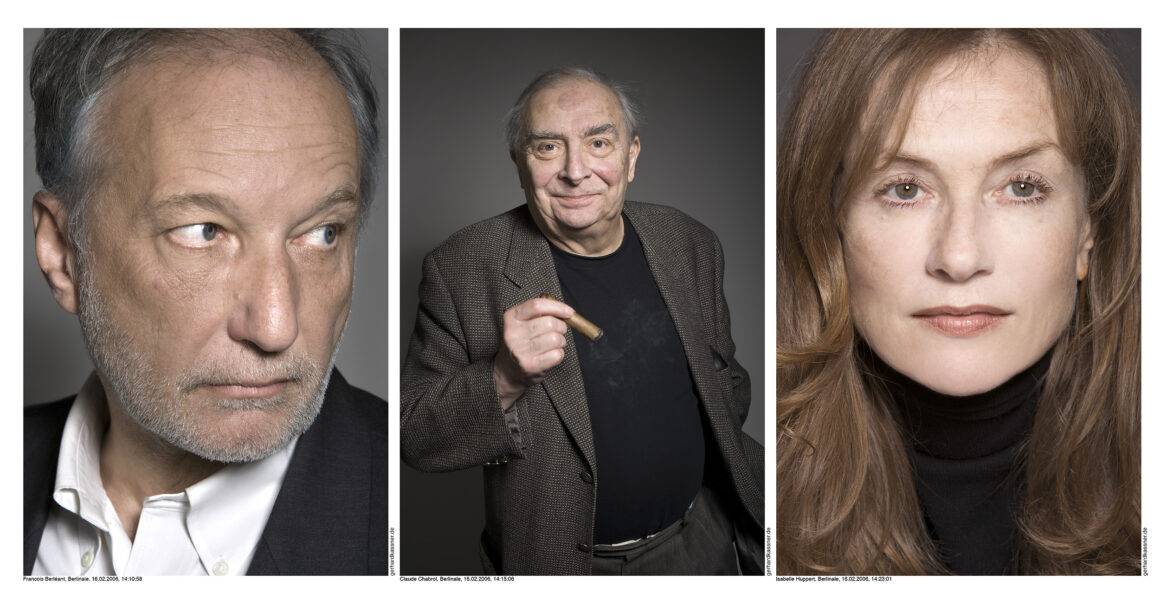

As mentioned at the beginning, your job was to portray the stars, producers etc. How did you go about it? As these were official photos, I assume that they all already knew from the Berlinale management that they would be meeting you. So were these appointments planned in advance by the management and coordinated with you, or did you have to arrange them all yourself and contact the people to be portrayed?
Everything was arranged in advance with the film productions. The guest managers then brought the individual protagonists to me in the studio after consultation with me. This usually took place before the press conference and before the general photocall, after the film team had been greeted by Dieter Kosslick in the VIP Lounge.
Logically, there wasn’t much time available. The meetings were usually the first encounters with people. How do you deal with such a situation in order to get the photo as good as possible?
It was clear to me right from the start that these would be brief encounters. I had always admired the one shot that my predecessors had to take with the huge Polaroid camera – which required enormous concentration on both sides and led to a clear stance. Now I was standing there with my classic camera, and at the beginning, I often had to listen to people asking me where the big Polaroid was. I then challenged the concentration on each other with a simplistic room and very focused, narrow light, and I have maintained this style over the years.
Tell me about your very first day as an official portrait photographer at the Berlinale 2003. Were you nervous? And who were you photographing?
The ink on the contract wasn’t dry yet, so I took on this task in an adventurous way. The first surprise was the photo studio, which was only separated by partitions. A babble of voices came in from outside, but my flash also came out and vice versa. Then came the stars of the opening film “Chicago”, Richard Gere, Catherine Zeta-Jones and Renée Zellweger and their entire entourage entered the studio at once, so I found myself in a very confusing and cramped situation in which I had to achieve a picture result that would stand up to the eyes of the stars and the audience. Digital photography in this resolution was completely new and was questioned from all sides. Fast forward, just in time for the signature, the prints were hanging on the walls of the Berlinale Palast, and there was a positive response so that we could move on.
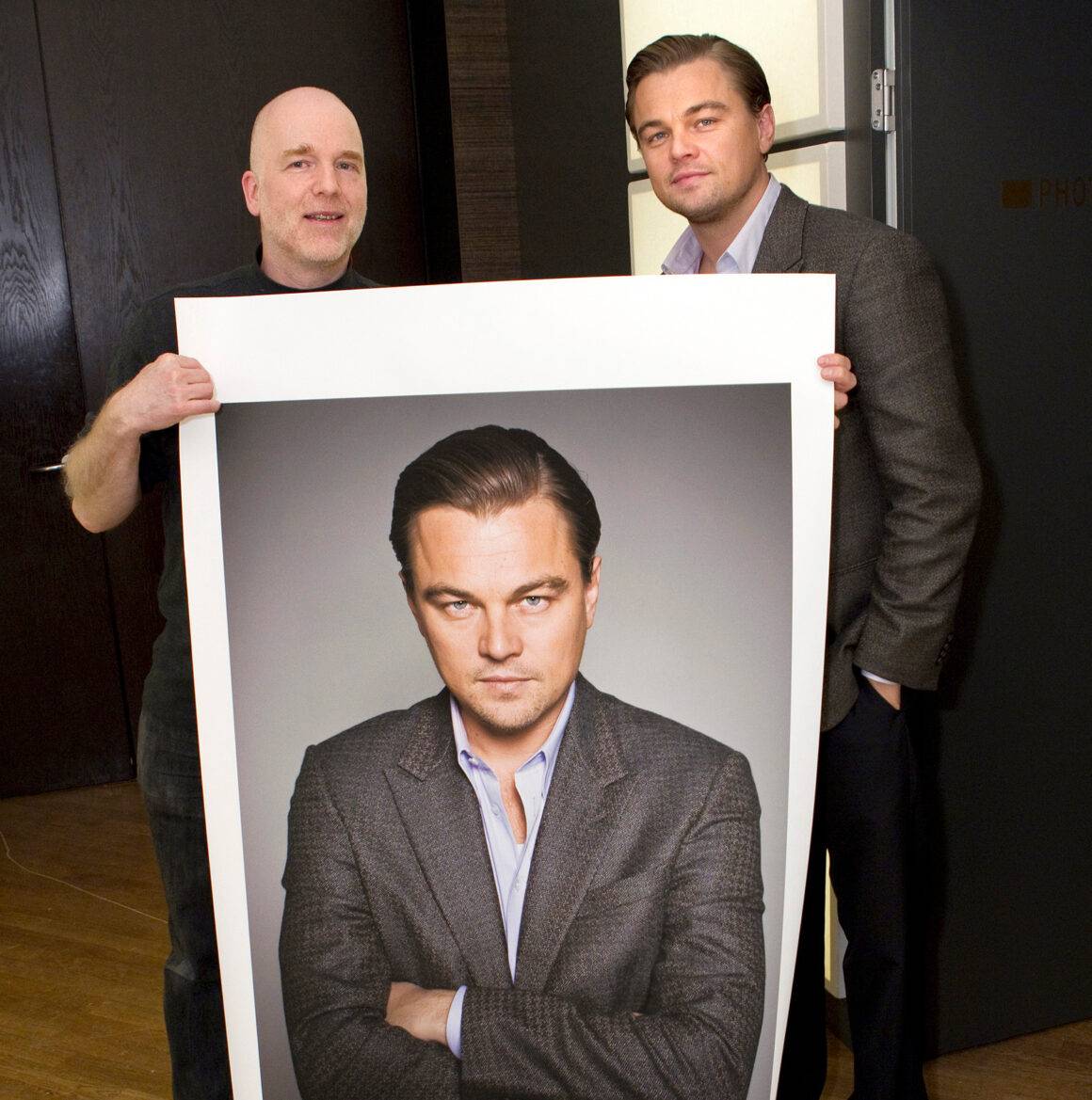
What does that mean? The photos were edited by you immediately after the shootings, printed and then presented to the portrait subjects again for signing? But someone else took care of that, the signing, didn’t they? And how and when were the photos then presented at the Berlinale Palast?
There were usually a few hours between taking the photos and signing them, during which I was able to select, optimize and especially compile them for hanging in the Berlinale Palast. There was very rarely an “inspection” by the portrait subjects, and when there was, it took place immediately after the press conference. Signatures were given in public, in the presence of Dieter Kosslick and with live transmission to the red carpet and into the hall, where the audience waited for the stars to appear. The hanging position for the signatures was in the Berlinale Palast, right next to the entrance to the hall.
The photos then remained hanging for the duration of the film festival?
The prints were only hung on the first floor for the signature and were then moved to other floors of the Berlinale Palast immediately after the film premiere. In total, there was space for around 120 portraits. The format of the prints was 91 x 150 cm, and the image itself was 80 x 120 cm.
You knew in advance who would come to you and when. Did you prepare for the encounters? In other words, have you informed yourself about the people you would be photographing so that you didn’t have complete strangers in front of you?
There were always daily lists with information about who was to be photographed and when, and of course, I tried to prepare myself in advance about who I was going to meet. That wasn’t always easy, as we didn’t have internet access in the photo studio in the early years. Sometimes, my assistant gave me information, but I also enjoyed getting to know someone who was completely unknown to me—a brief encounter with a clear goal. For better communication, I always had prints of the current Berlinale hanging in my studio.
In such a short space of time, artistic freedom is limited. You also had certain guidelines. Nevertheless, you also managed to create a small series of pictures if the people being portrayed agreed. You showed some of them in your solo exhibition in the Helmut Newton Foundation’s project space in 2022. If I remember correctly, you succeeded with Nicole Kidman, for example. How was the session with her?
Oh yes, Nicole Kidman, I received this fairy-like apparition with palpitations and anticipation. She was perfectly prepared and only accompanied by her publicist. This gave me hope for an exciting photographic dialog. However, after one minute and fourteen seconds! The publicist said that it was enough. I was thunderstruck and couldn’t accept Nicole Kidman’s very relaxed offer to take more photos because I was so nervous. When she disappeared again, I rushed to the computer to look through the 17 photos I had taken in that short time and was overjoyed to find an iconic portrait that has stayed with me ever since.
You also exhibited these 17 photos altogether.
I’m happy to show the 1-minute and 14-second series with Nicole Kidman. It is exemplary of a short photographic dialog with a happy, precise landing.

What are your favorite sessions from all these years?
Difficult, I can not really recall my favorite sessions right now, but here is a “special” photo session: Keanu Reeves did not want to be portrayed in the film “Thumbsucker” in 2005.
The film production had ruled this out from the outset without giving any reason. When he was there in 2009 with the movie “Private Lives of Pippa Lee”, he came to my studio with the requirement that he wanted to see every shot immediately after it was taken. No problem, I said, and held out the camera display to him after the first shot. After the third photo, he said, “That’s fine,” and left the room without saying goodbye. Here I came very close to my portrait ideal of “release once, done and successful”, and I really like it because he looks so undetermined in it.
So far, you’ve only mentioned Hollywood stars. But filmmakers from all over the world come together at the Berlinale. Do actors, directors and producers from Hollywood behave differently at such a photo session than, for example, French, Indian or South Korean people? Have you experienced cultural differences?
At the Berlinale, I practically only had actors in front of the camera who were used to being “seen” or see for themselves as directors. In this respect, the dialog was always a conscious one. Working quickly helped to avoid stereotypes, even though stars who were photographed a lot often only allowed a fixed view of themselves. Of course, there are also regional differences and photographic conventions that can be seen in the dialog. I have always enjoyed portraying and dealing with diversity.

Do the portrait subjects actually receive a print of their portrait?
The people portrayed have always received two DIN A4 prints as a thank you from me. The prints were then sent to the film production companies by the festival, together with the certificates.
What happens to the signed photos from the Berlinale Palast at the end of the festival? Do they go to the Berlinale Archive or the Film Museum?
Since water damage in 2006, in which the majority of the signed originals from three years ago were lost due to improper storage, the prints have been placed in the care of the Deutsche Kinemathek. This resulted in features in two very fine exhibitions and I consider myself lucky to see the pictures safely stored there.
Do you actually have all the rights to the pictures?
The prints are the property of the Berlinale; the copyrights are exclusively mine, subject to personal rights.
Are you a film enthusiast in your private life? Will you be watching anything at the Berlinale?
My wife runs the movie theater network “Europa Cinemas,” and we both love going to the movies. During my time at the Berlinale, I never had the leisure to watch current films, so I’m always happy to be able to understand the harmony of an acting ensemble at the time, often years later when watching the movie.
Gerhard Kassner was born in Augsburg in 1959. From an early age, he wanted to become a photographer. After completing his studies at the Berlin University of the Arts, he worked as a theater photographer and photographed portraits for magazines. From 2003 to 2019, he was an official Berlinale photographer. The portraits he created there were most recently exhibited at the Fotomuseum Görlitz, the Garden of the Zodiac Gallery in Omaha, Nebraska, and the Helmut Newton Foundation’s project space in Berlin.

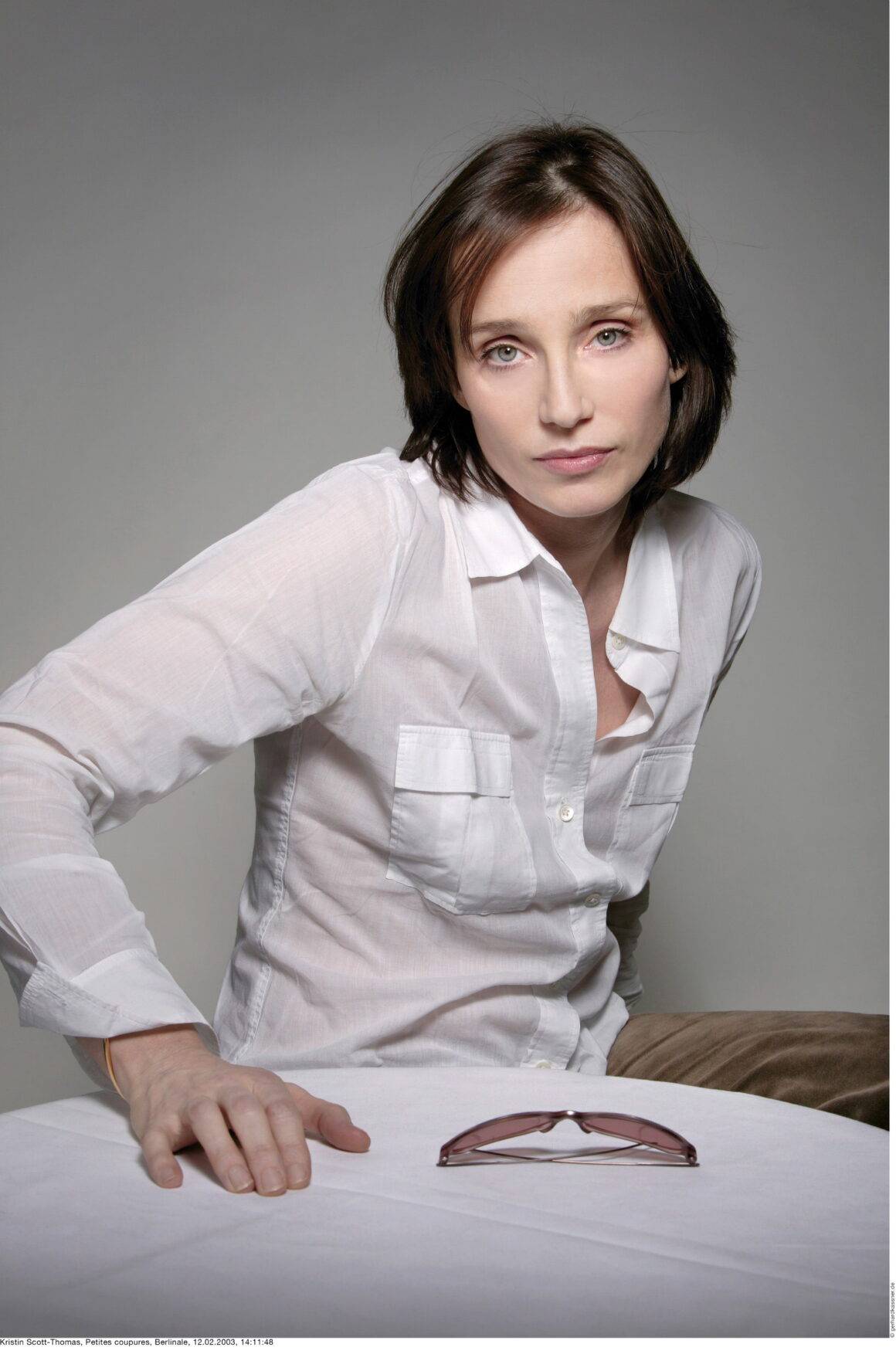
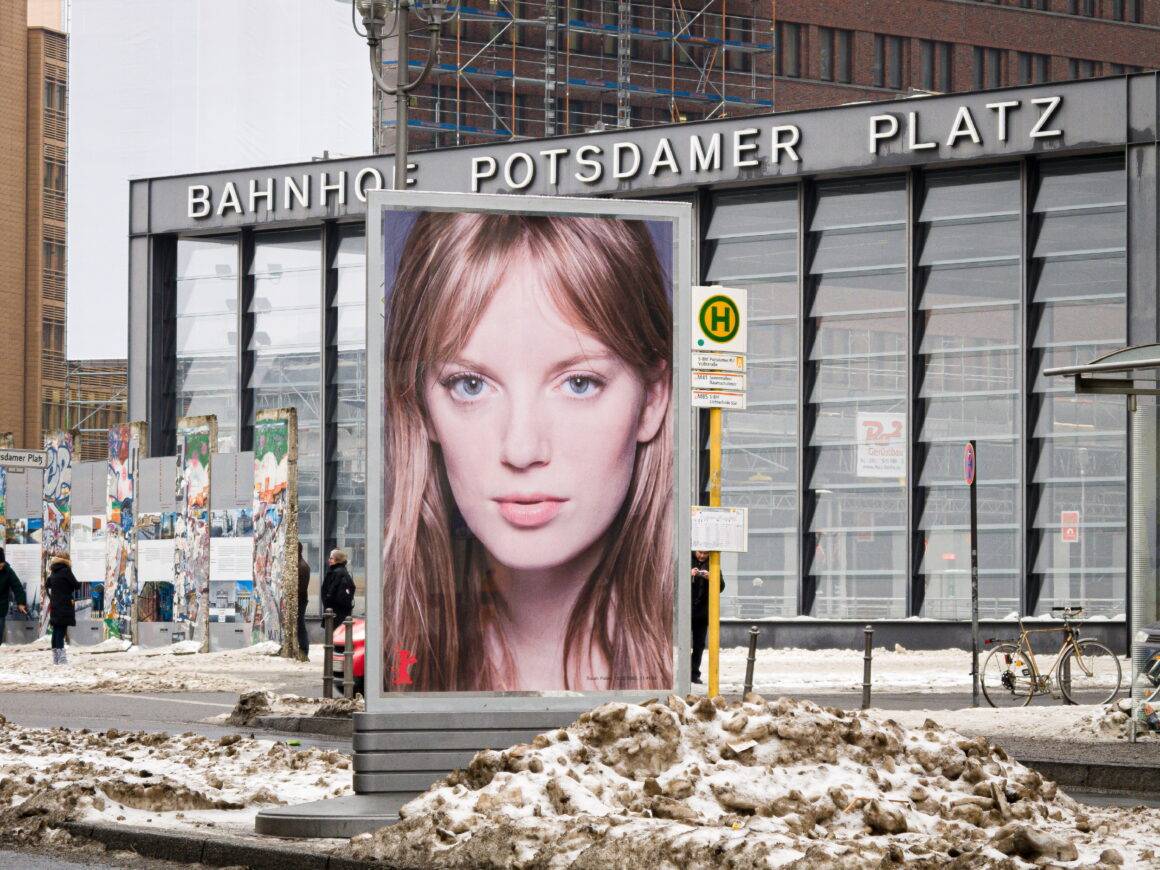

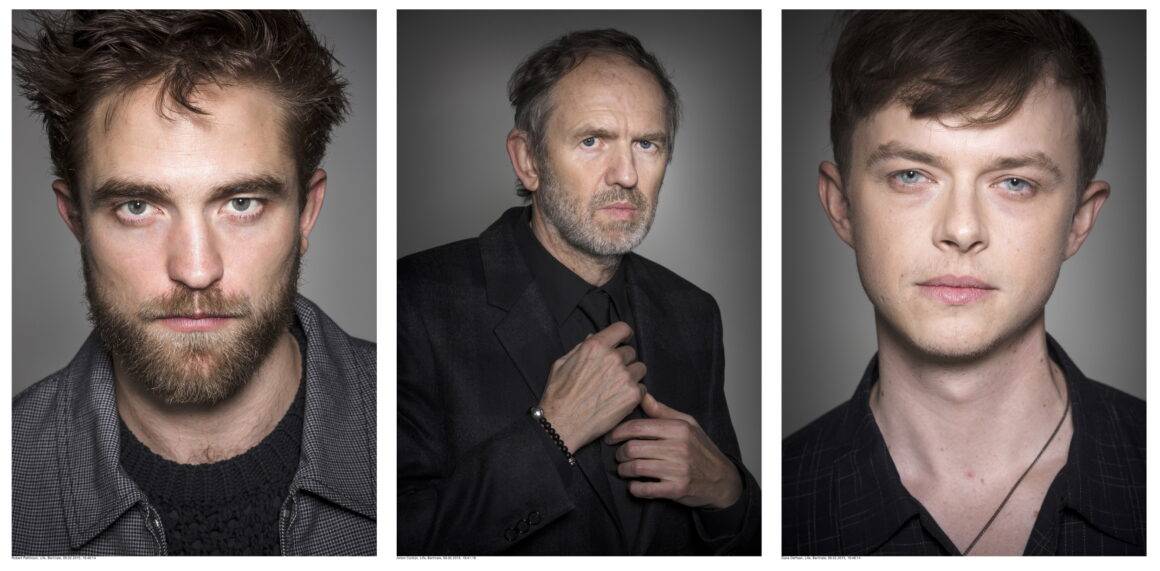

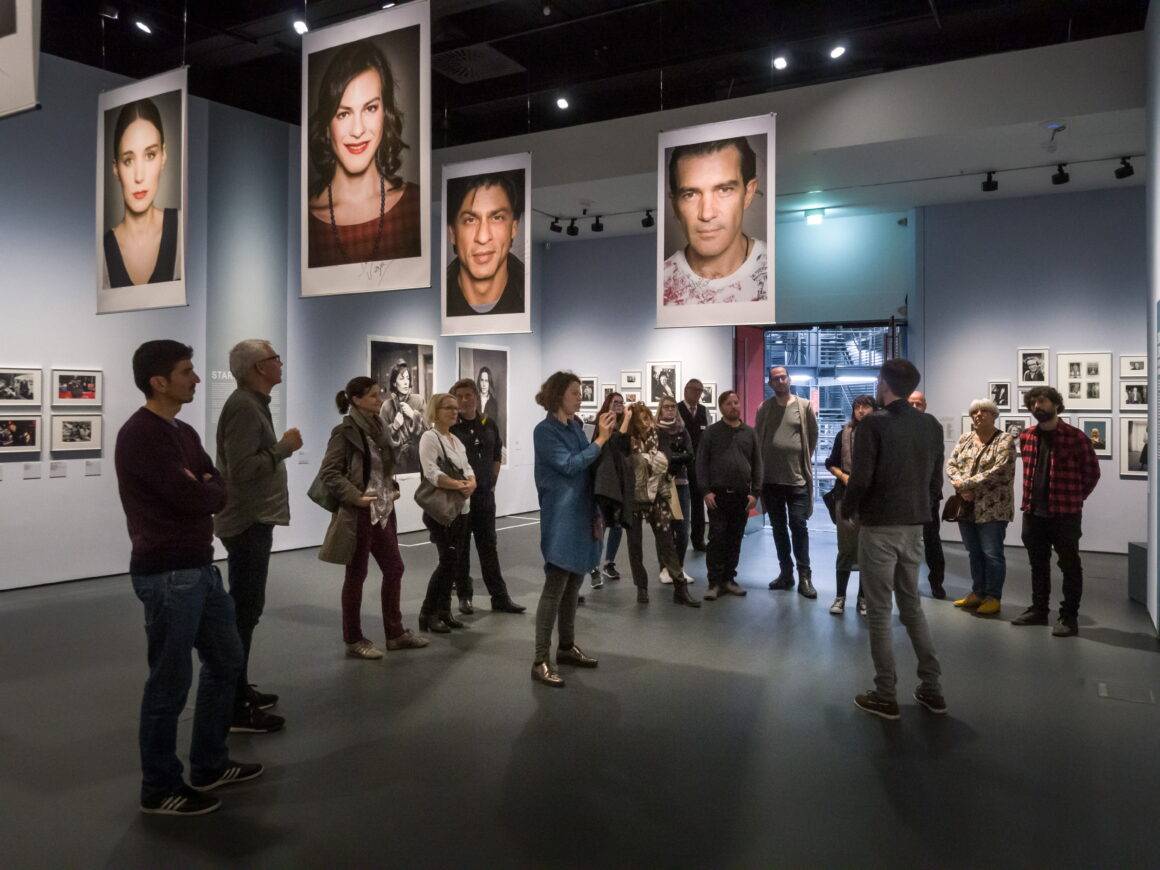
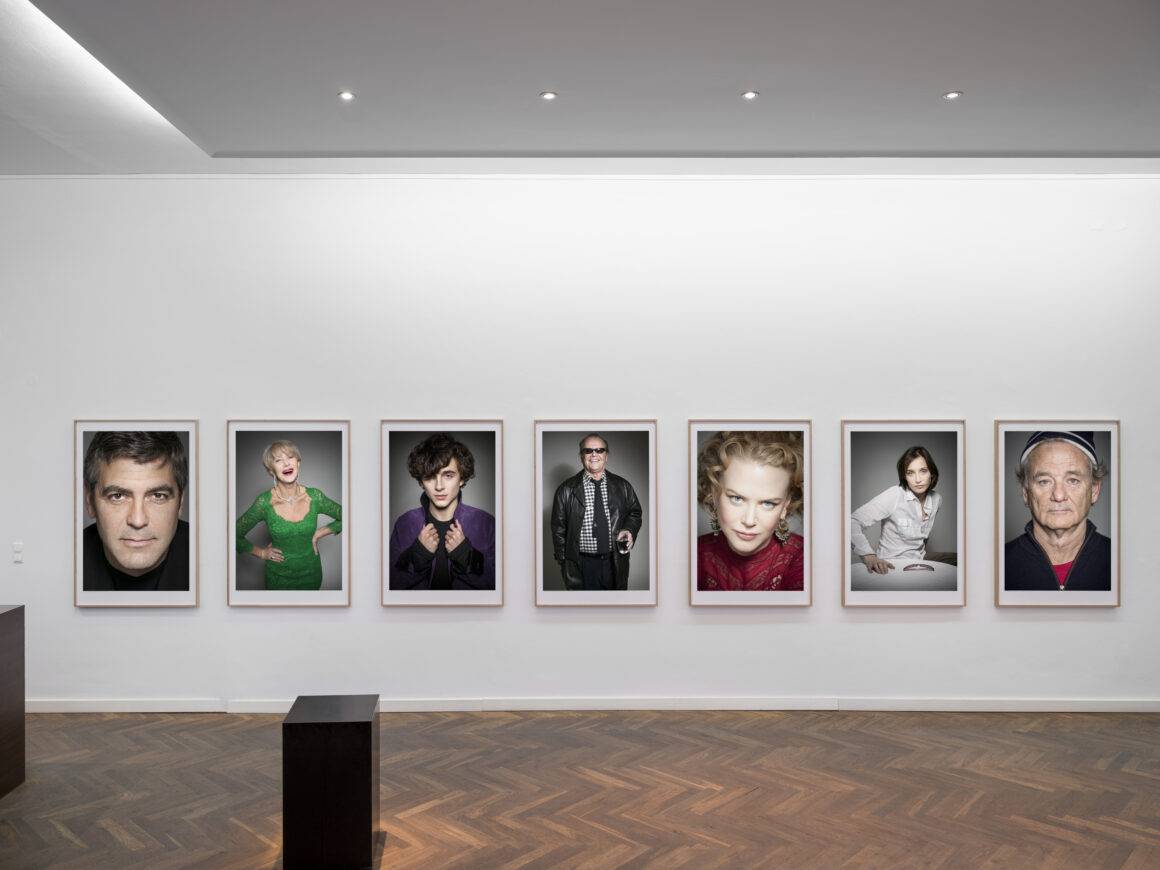


The cover photo credit: 2023 Fotomuseum Görlitz, the cast of „Grandhotel Budapest“ by Wes Anderson.



